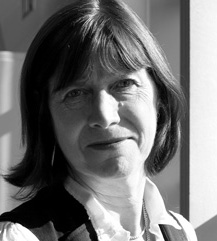A crisis of identity in the industry will ultimately help designers move on

It’s good to take a step back from time to time to consider what designing means. It has changed hugely since the 1960s – when, arguably, the foundations were laid for the industry as we know it – with ’branding’, ’interaction’ and ’experiental’ joining the burgeoning lexicon used to describe design activities. Add to this the latest terminology bandied about by marketers – ’co-design’, ’crowd-sourcing’ and ’open source’ – and it gets ever more confusing. What is the designer’s role if everyone has a hand in the design?
Shifting definitions was one of the challenges raised at Cornwall’s Intersections conference last week. Staged as a climax to the Design Council-backed Dott Cornwall initiative, the event built on issues raised locally through the Dott project, with co-design and sustainability at its core.
Looking at design’s role moving forward, eminent practitioners – though not now working in the disciplines they initially trained in – Cisco’s Clive Grinyer, Design Council chief design officer Mat Hunter and Forpeople founder Richard Stevens took the high ground. Leadership, collaboration and facilitation were among the attributes they proffered, with service design and sustainability integral to the mix.
It was rather like the debate that raged, briefly, among designers feeling threatened by the onslaught of social media like You Tube and Facebook a few years ago. But there the role was more obvious: without a design eye on the framework and interface such sites wouldn’t thrive.
But design isn’t just about creating frameworks. It encompasses wit and emotion, which, along with superb craft skills, are traits the Intersections trio agreed will remain crucial. And then there is storytelling, referred to by Grinyer, among others, as what designers really do, through actual designs or through a facilitating role in co-design projects.
The last word goes to Hunter though. ’I’m glad there’s a crisis [of identity],’ he said. ’It’s fantastic.’ If behaviour change is affecting the whole of society, surely it’s a positive thing in design too.
-
Post a comment




